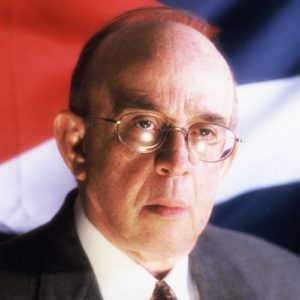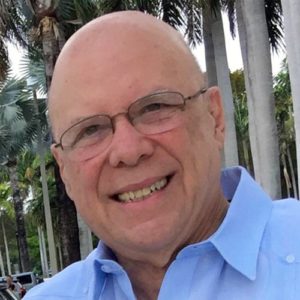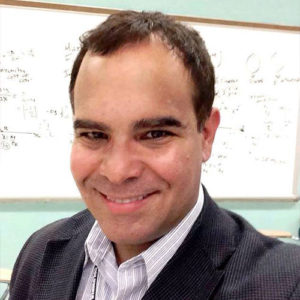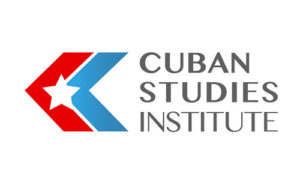Padre de la Patria (“Father of our Country”), lawyer and revolutionary, who began the Ten Years’ War for Independence in 1868, and the following year became the president of a provisional government. Born April 18, in Bayamo to a wealthy landowner, he attended secondary school in Havana, and then the University of Havana. Returning home to marry his cousin, María del Cármen Céspedes, he then traveled on to Spain, where he gained an LL.B. at the University of Barcelona and a J.D. from that of Madrid, and joined the conspiracy of Juan Prim against the Espartero regime. The failure of an anti-Espartero rising in 1843 force him to flee. After travel through Europe, the handsome, cultured, and energetic Céspedes returned to Bayamo to open a law practice. The activities and subsequent execution of Narciso López had a strong impact on the young man, who was arrested and banished from Bayamo for anti-Spanish statements.
He saw Spain’s Revolution of 1868 as Cuba’s opportunity. Claiming that Spanish power was “decrepit and worm-eaten,” he called for revolt. If Spain still appeared great, “it was because for 300 years, Cubans had been looking at it from their knees.” Most of his countrymen were unsympathetic. Some still hoped for reforms from Spain, others preferred annexation by the United States, and the few who advocated independence thought his call impetuous and ill-prepared. But Céspedes and his associates were forced to act on learning that their conspiracy was known to the authorities. On October 10, 1868 he issued his Grito de Yara. This manifesto was followed by the organization of a provisional government of an Independent Cuban Republic, with Céspedes acing as commander-in-chief and head of government. His almost absolute power, as well as his failure to decree the immediate abolition of slavery, soon led to a division among the revolutionaries. In face of mounting pressure, he consented to summon a constituent convention to define his powers. This produced the Guáimaro Constitution of April 1869. Manuel Quesada y Loynaz replaced him as commander-in-chief, to be succeeded in December 1869 by Máximo Gómez.
By 1873 the mambises were in retreat and most members of the Congress dead or in hiding. Céspedes had recovered his nearly absolute power by default. But by then he had become alienated from most rebel factions. The more conservative resented his abolitionist stand and his destruction of property. The liberals disliked his autocracy. There was also dislike of his interference in military matters and his wish to oust Gómez. The surviving members of Congress assembled in October 1873 without inviting him. It was soon clear that removing Céspedes was the main purpose of their meeting. This was accomplished with little opposition, and Salvador Cisneros Betancourt was named the new president. For the next few months Céspedes sought refuge from the Spanish in San Lorenzo, a farm in Oriente, awaiting a chance to flee abroad. But on February 27, 1874, he was discovered, and the farm surrounded by Spanish troops who killed him after a brave but futile resistance.
His name has been given to the Municipio of Carlos Manuel de Céspedes and to Havana’s Plaza de Armas.








